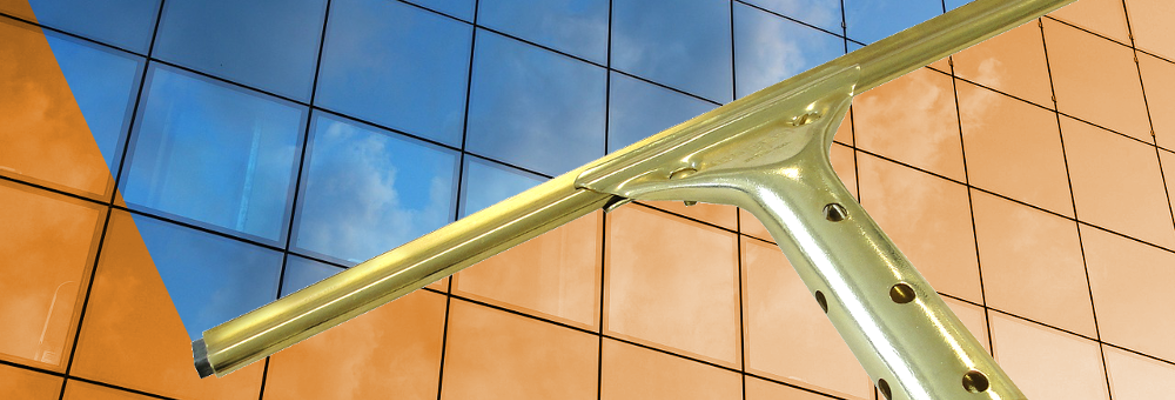
When it comes to professional window cleaning, efficiency and effectiveness are key. One tool that can significantly enhance your productivity is a hose splitter. But the question is, can you use a hose splitter with your purified water system to run two poles simultaneously? Let’s explore the feasibility and benefits of this setup.
Understanding Purified Water Systems for Window Cleaning
Purified water systems are a game changer in window cleaning. These systems remove impurities and minerals from water, preventing streaks and spots on windows. The most common types include reverse osmosis (RO) and deionization (DI) systems. Using purified water ensures a spot-free, gleaming finish, which is especially important for residential and commercial properties.
The Role of Hose Splitters
A hose splitter is a device that connects to your outlet on your water system and splits the flow into two separate hoses. This allows you to run two different water-fed poles simultaneously, effectively doubling your cleaning capacity. The concept is straightforward, but there are several factors to consider to ensure optimal performance.
Compatibility and Performance Considerations
- Water Pressure and Flow Rate: The primary concern when using a hose splitter is whether your purified water system can maintain adequate pressure and flow rate for two poles. Purified water systems, especially those with RO membranes, often have lower flow rates. It’s essential to check the specifications of your system to ensure it can handle the increased demand. It’s common that most RODI systems would need a booster pump to operate two water-fed poles at the same time while a DI only unit, it’s less likely for the need of a booster pump.
- Quality of the Hose Splitter: Not all hose splitters are created equal. Invest in a high-quality, heavy-duty splitter that can withstand constant use and pressure changes. Look for splitters with individual shut-off valves, which allow you to control the flow to each pole independently.
- Hose and Waterpole Configuration: Ensure that your hoses are long enough to reach the areas you need to clean without causing a drop in pressure. Using shorter hoses can help maintain better pressure and flow. Additionally, ensure that both poles are designed for purified water systems and can handle the flow rate provided.
Steps to Implement a Hose Splitter in Your Setup
- Check System Capacity: Confirm that your purified water system can support the flow rate required for two waterpoles. Consult the manufacturer’s guidelines or simply test the flow rate with one pole to gauge the available capacity.
- Choose the Right Splitter: Select a durable hose splitter with good reviews and reliable shut-off valves. Brass splitters are often recommended for their durability and performance.
- Set Up the Splitter: Attach the splitter to your purified water system’s outlet. Ensure all connections are secure to prevent leaks.
- Connect Hoses and Waterpoles: Attach your hoses to the splitters outlets with the appropriate quick connect fittings and connect the other ends to your water-fed poles. Make sure the hoses are of appropriate length and quality to handle purified water.
- Test the System: Turn on the water supply and test each pole independently, then together. Adjust the shut-off valves as need to balance the flow between both poles.
Benefits of Using a Hose Splitter
- Increased Productivity: Running two poles simultaneously allows you to clean more windows in less time, increasing your efficiency.
- Cost-Effective: By maximizing the output of your existing purified water system, you can avoid the expense of investing in a second system.
- Flexibility: With the ability to control each pole independently, you can tackle different areas of a building simultaneously, reducing downtime and improving workflow.
Using a hose splitter with your purified water system can indeed enable you to run two poles at the same time, provided your system can handle the demand. If not, then it’s likely a booster pump would be required for the appropriate amount of water flow as mentioned earlier. This setup can significantly boost your productivity and efficiency in window cleaning. Just ensure you have the right equipment and have tested your system’s capacity to handle the increased load. With the right preparation, a hose splitter can be a valuable addition to your window cleaning toolkit, allowing you to deliver spotless results more efficiently than ever before.
Still have questions or concerns that need to be answered? One of our friendly, and knowledgeable team members at Detroit Sponge would be happy to assist. We can be reached by calling 1-800-535-6394 or if you prefer, you can email us customerservice@detroitsponge.com.

